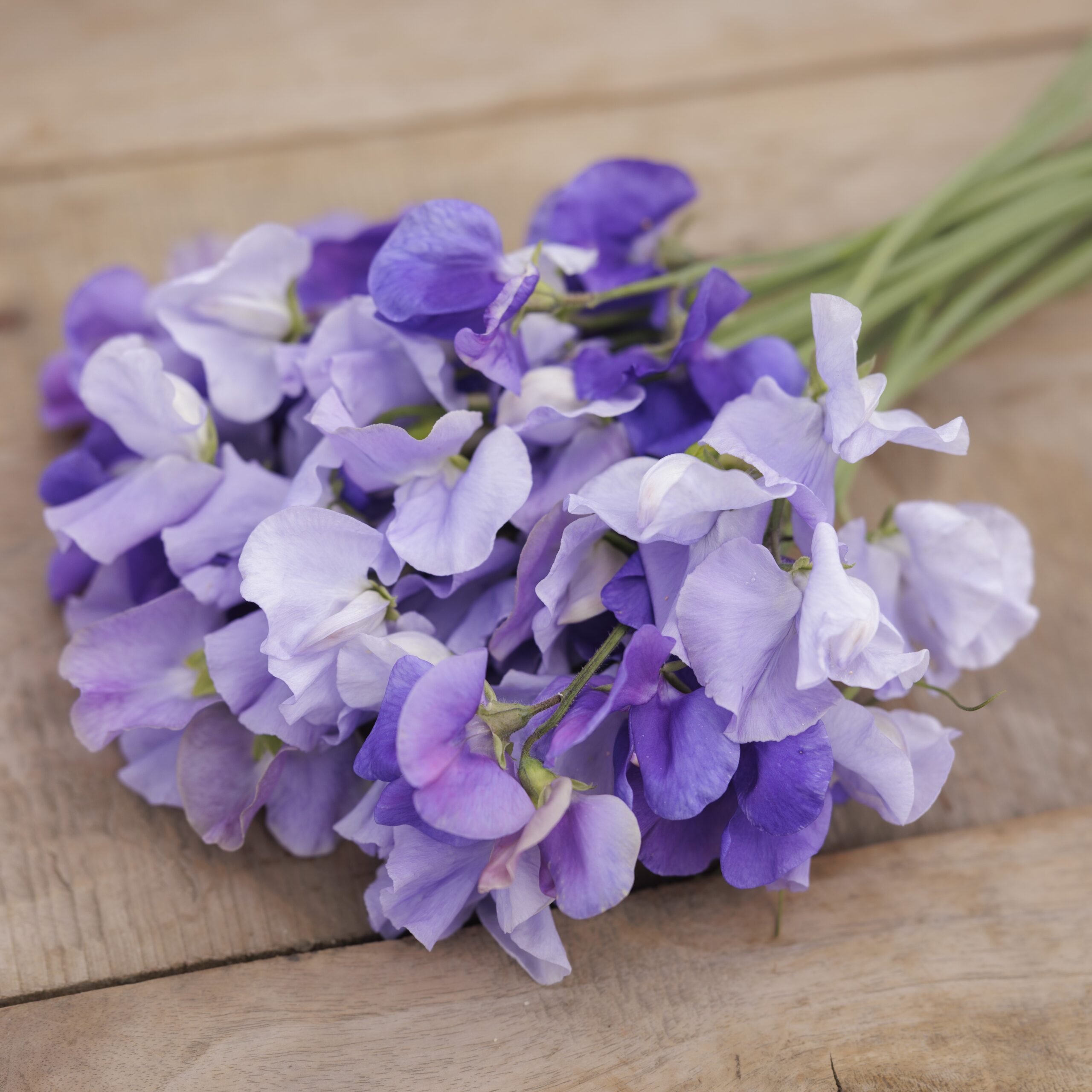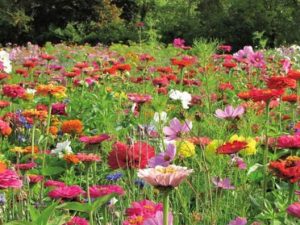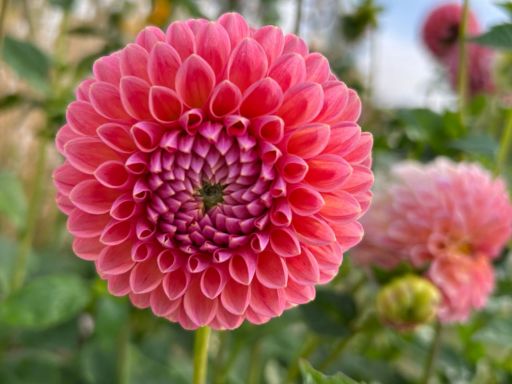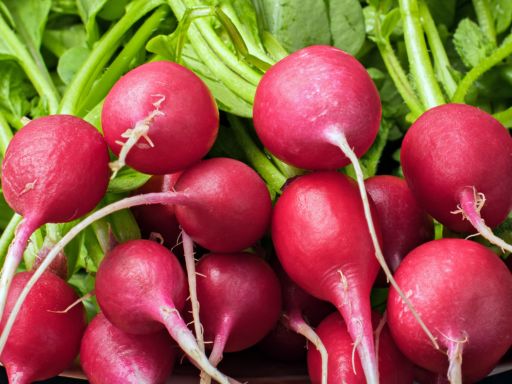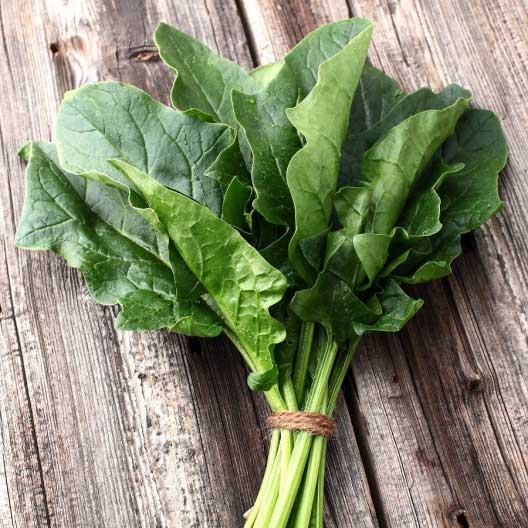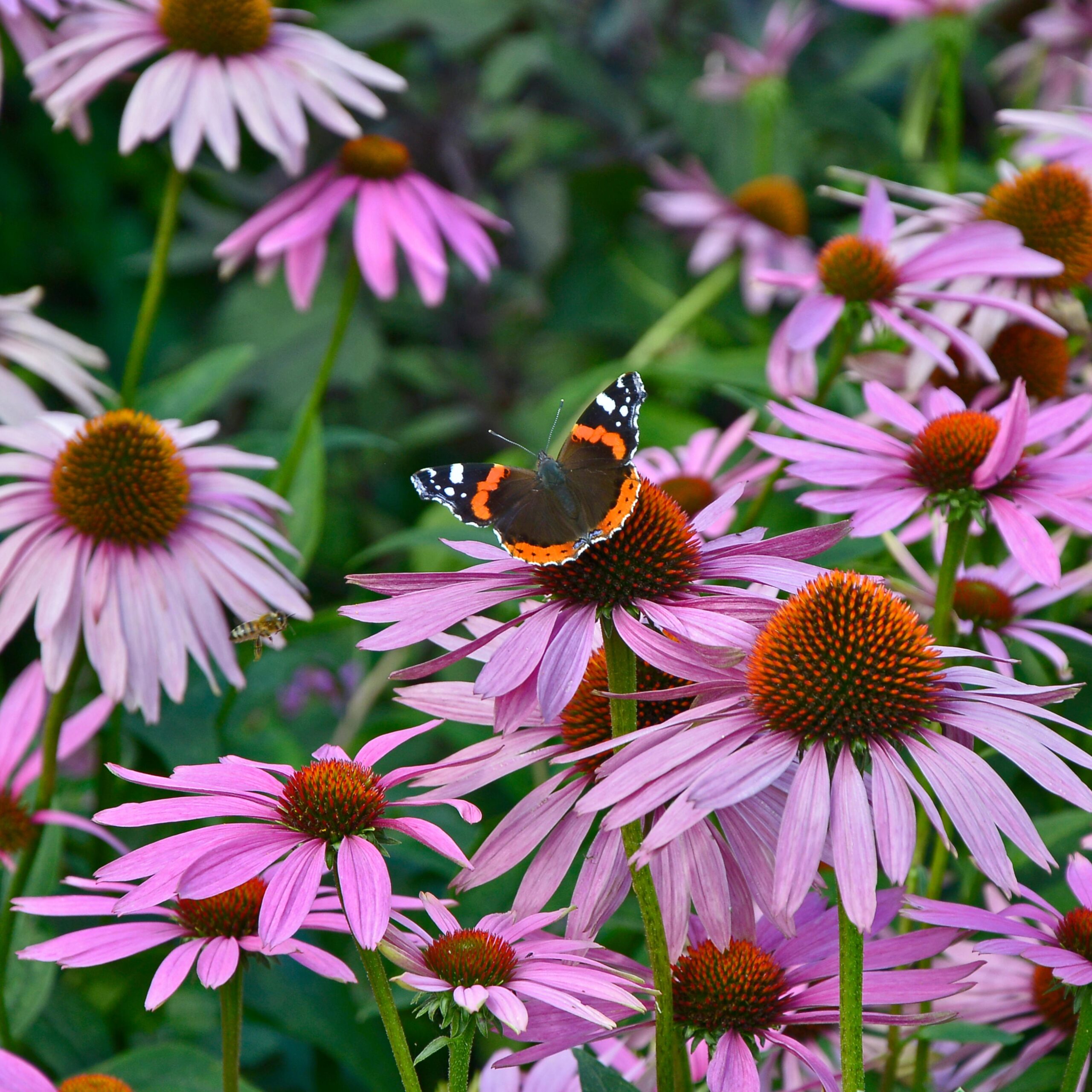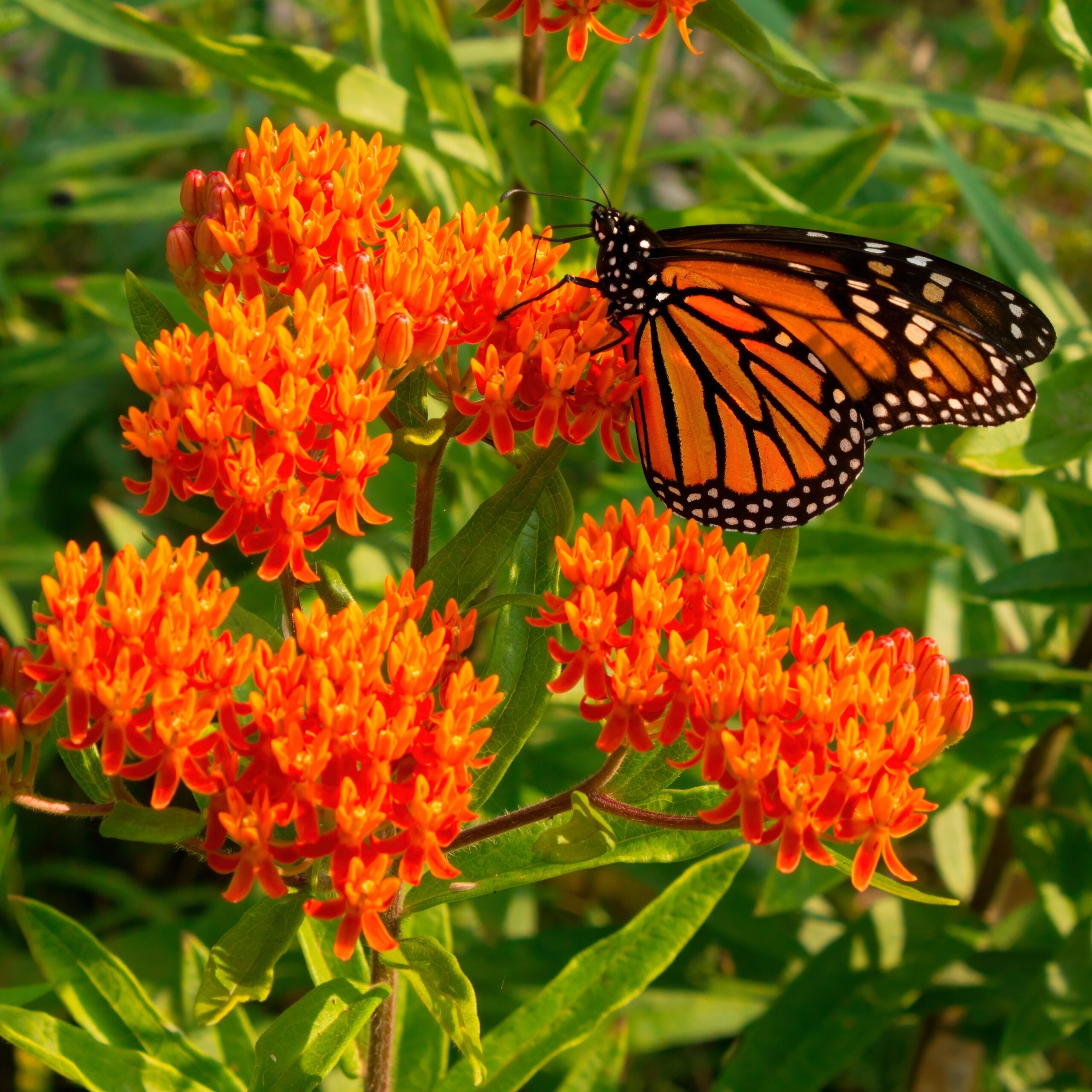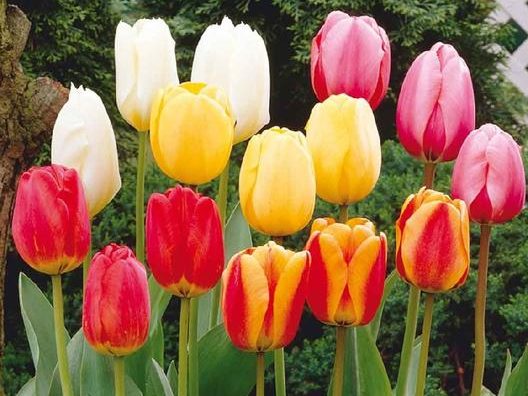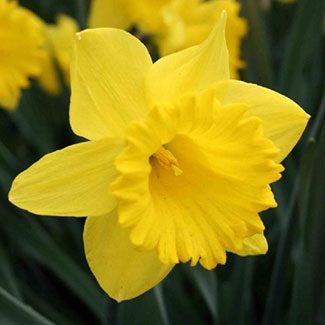Gardening in Zone 3
Zone 3 gardening offers a unique and rewarding growing experience in states like Montana, North Dakota, Minnesota, and Maine! While colder temperatures and a shorter growing season require thoughtful planning, you can still cultivate a vibrant and flourishing garden. By selecting hardy perennials, cold-hardy veggies, and making the most of your growing windows, you’ll enjoy a beautiful and productive outdoor space. See Zone 3: Spring for garden projects and the best flowers and vegetables to plant during that season; and see Zone 3: Fall for gardening tasks and planting possibilities later in the year.
First and Last Frost Dates
Understanding first frost dates and average extreme minimum temperatures is important when attempting to determine which plants are suitable for growing in your region and when to plant them. To find your first and last frost dates and average extreme minimum temps, check out Eden Brother’s USDA hardiness zone map here.
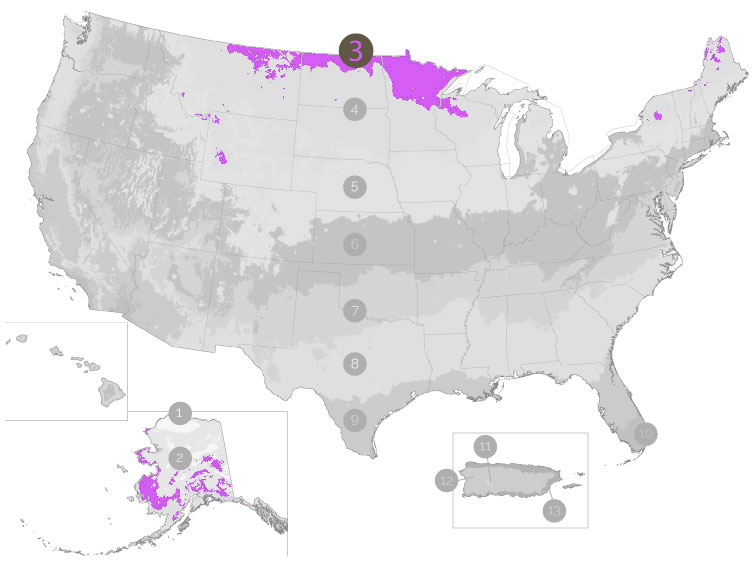
In zone 3, the first killing frost of the season usually happens between September 1-30. This date determines how long your growing season is for tender annuals such as cucumbers, zinnias, and basil. The last frost in zone 3 typically falls between May 1-31.
Average Growing Season: 100 days
The average extreme minimum temperatures for zone 3 are -40 to -30°F. Many perennials cannot tolerate temperatures this low. Consult the “What’s Growing?” sections of this guide to see what types of plants are recommended for growing in this region. For a more detailed guide on plants that do well in zone 3, check out the “What’s Growing in Spring” or “What’s Growing in Fall” sections for specific recommendations.
Zone 3: Spring
Garden Maintenance and Projects
The growing season in zone 3 is short! Take advantage of warm spring days in order to hit the ground running once temps become suitable for planting. Garden maintenance tasks include:
- Prep and Amend Soil – Aerate soil and add your nutrient base such as compost.
- Test Soil – Take soil samples once the ground has thawed. After test results come in, plan soil amendments to improve nutrient levels, pH, and overall soil health.
- Fix/Create/Acquire Garden Infrastructure – Add trellises for climbing plants such as sweet peas (edible and ornamental), cucumbers, and clematis. Assess trees and shrubs for support needs.
- Lay Landscape Fabric or Mulch – Fabric and mulch can be used to suppress weeds, preserve soil moisture, and regulate soil temperature.
- Start Seeds Indoors – A necessary part of zone 3 gardening, especially if you’re looking to grow tender annuals or plants with longer days to flower/maturity.
What’s Growing in Spring?
As the snow melts in late spring, cold-hardy plants begin to emerge including spring flowers such as crocus, hyacinth, tulips, and daffodils. Zone 3 gardeners can make way for spring vegetables such as spinach, kale, leafy lettuce, and peas.
Flower Seeds to Plant in Spring
In zone 3 gardening, select annual cold-hardy plant varieties that can thrive when directly sown into the garden after the last frost. These can handle cold soil and even a late frost. Some varieties include:
Many flowers benefit from starting indoors before being transplanted outdoors, ensuring a vibrant bloom in the shorter growing season:
Cosmos can be direct sown after the risk of frost has passed or started indoors for a head start on the season. These low-maintenance beauties feature delicate, daisy like flowers that add a cheerful touch to gardens and floral arrangements.
Flower Bulbs to Plant in Spring
In zone 3 gardening, most bulbs should be planted in the fall and exposed to cold winter temperatures required for flowering in the spring. However, there are a few varieties that thrive when planted in spring after the last frost. These include:
Here is a list of a few bulbs, corms, and tubers that can be planted indoors in pots four to six weeks before the last spring frost for earlier blooms, or planted in the spring after the risk of frost has passed. These include:
These require warm temperatures to bloom and thrive but do not tolerate frost. Plant in late spring/early summer and enjoy blooms until frost. In zone 3 these flowers are treated as annuals, or lifted and stored over winter for planting the following year.
Vegetables and Herbs to Plant in Spring
Despite cold temperatures in spring, zone 3 gardening offers opportunities to plant a variety of spring vegetables that thrive once weather begins to warm. Vegetables like spinach, lettuce, peas, radishes, carrots, and beets can be sown directly into the garden once soil is workable. Several perennial herbs can be grown in zone 3 including sage, thyme, and oregano.
Spring and summer vegetables and herbs that have longer days to maturity or are not cold-hardy should be started indoors and transplanted outside after the last frost. These include broccoli, cabbage, cucumbers, zucchini, and basil.
Other Springtime Planting Possibilities
Most of these perennials require cold stratification and can be started 8 to 12 weeks before your last frost date. These include: Echinacea, lupines, black-eyed Susan, shasta daisy, columbine, penstemon.
Cold-hardy fruits that survive in zone 3 should be planted in late spring including apples, cherries, raspberries, and some strawberry varieties.
Growing microgreens in zone 3 is a fantastic way to beat the short growing season and keep fresh, nutrient-rich greens on the menu year-round. Microgreen varieties such as radish, pea shoots, kale, and sunflowers can be enjoyed when grown indoors with sufficient sun or artificial light and can thrive in the summer months when grown outdoors.
Looking Ahead to Summer
Consider irrigation and support needs for your plants when planning for summer. Install trellises for vining plants such as cucumbers and pole beans and make sure water is accessible for regular watering during dry spells and warm days.
Zone 3: Fall
Garden Maintenance and Projects
As temperatures cool and the harvest is nearly done, prioritize clean up and preparation for winter. Fall garden maintenance tasks include:
- Clean up – Clear out diseased plant matter from the season to prevent overwintering and transfer to the next season.
- Put garden to bed + protect perennials – Take care not to work the soil too much in the fall; leaving plant roots and adding a layer of straw or leaf mulch can help protect perennials, preserve soil structure, and prevent compaction from snow.
- Cover crops – Planting cover crops like clover, vetch, or winter rye can improve soil health and prevent soil compaction.
- Pruning – Once temperatures drop and plants go dormant, clean up shrubby perennials with light pruning of dead, damaged, or diseased wood.
What’s Growing in Fall?
Fall in zone 3 might be short, but it’s surprisingly colorful and productive before the deep freeze hits. You can expect to see rudbeckia, echinacea, sedum, asters, and Joe pye-weed growing and blooming in late summer through early fall before hard frost usually hits in late September or early October.
Flower Seeds to Plant in Fall
For zone 3 flower gardening, sow seeds around the first frost but before the ground freezes in late September/thru October. This allows seeds to settle into the soil while ensuring they don’t sprout before winter. Select cold-hardy varieties such as forget-me-nots, columbine, and coneflower. Wildflower seed mixes are a blend of native and non-native flowers that attract pollinators and can also be planted in fall for early spring blooms.
Plant seeds that require a period of cold stratification that nature provides naturally during the fall and winter months. These take advantage of snow cover and spring thaw to germinate naturally:
Flower Bulbs to Plant in Fall
In zone 3 gardening, fall is the perfect time to plant spring-blooming bulbs! The following cold-hardy plant varieties are well-suited for fall planting:
Even in such a cold climate, bulbs need that chill to develop properly, and zone 3 gives them a strong dormant period. The key is timing, you want to plant when the soil is cool but not yet frozen.
Vegetables and Herbs to Plant in Fall
Fall gardening in zone 3 requires cold-hardy annual plants that grow quickly and can tolerate light frost and/or overwinter despite deeply freezing temperatures.
Vegetables and herbs such as spinach, kale, collards, Swiss chard, arugula, lettuce, parsley, cilantro, and radishes can all be planted in late summer for fall harvests that last until the deep freeze sets in. Some perennial herbs may also survive zone 3 winters including chives, thyme, oregano, sage, and some hardy lavender varieties. However, these plants should be well established before winter hits and often benefit from mulching/protection from the cold.
Other Fall Planting Possibilities
Plant unique biennials or perennials such as Canterbury bells, foxglove, hollyhock, or wild blue iris. Wait until after hard frost, which is usually late October just before snow so seeds don’t sprout until spring. Choose a sheltered location like near a building, hedge, or snow drift zone for insulation. After snow arrives, add straw or leaf mulch to stabilize soil temps.
Rather than choosing individual species, our Midwest Wildflower Seed Mix contains a total of 23 easy-to-grow annual and perennial favorites that are perfectly suited for this region. The Midwest mix is hard working and will produce a gorgeous display of colorful blooms without needing much of your attention or time.
Microgreen varieties such as radish, pea shoots, kale, and sunflowers can be grown inside under grow lights or quick-growing varieties can continue outdoors through the fall months, adding fresh greens to your bounty as the weather cools.
Looking Ahead to Winter and Early Spring
Continue garden maintenance through the winter by cleaning up certain perennials such as dogwoods and apple trees. Avoid pruning evergreens and spring/summer-blooming plants.
As winter approaches in zone 3 it’s time to plan for next year’s garden. Research and select your cold-hardy plant varieties and buy seeds, sets, and any spring bulbs/corms that will thrive in your climate. Early in the new year, start seeds indoors to give you a head start on the season. Planning ahead sets the stage for making the most of your growing season.

